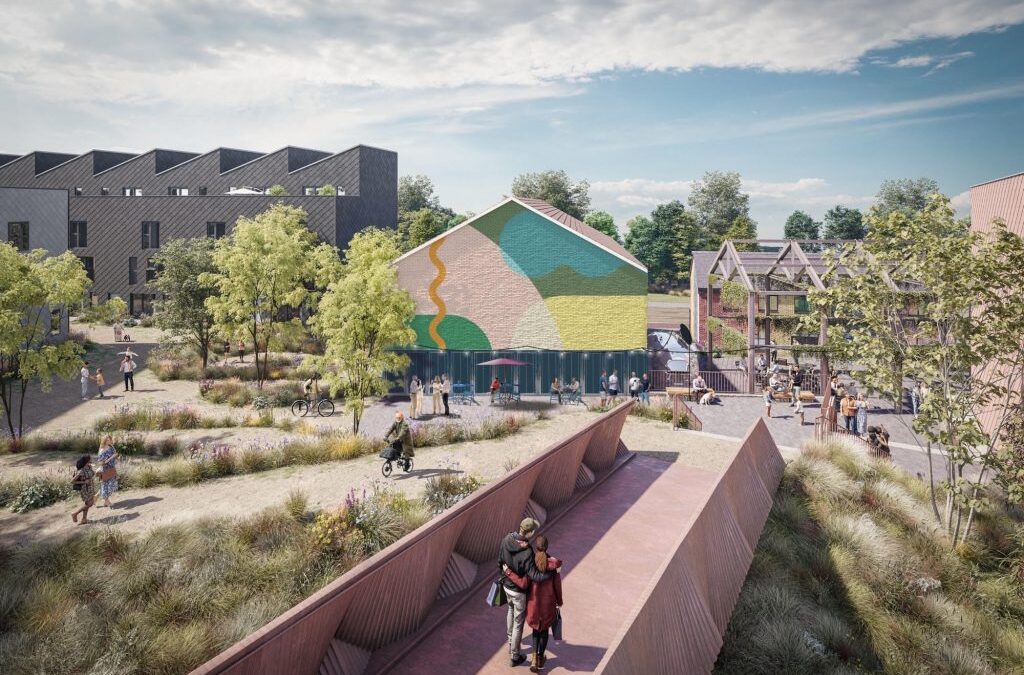Sheffield City Council have finalised plans for the development of zero carbon housing in the Attercliffe area of the city.
The Attercliffe Waterside scheme will see 1,000 homes built, straddling the Sheffield and Tinsley canal.
Sheffield City council said this site will become “one of the largest zero carbon communities in the UK”.
“The proposed Attercliffe Waterside project is likely to achieve the promotion or improvement of the economic, social and environmental well-being of the city and its inhabitants.”
What is the Attercliffe Waterside project?
Citu is the sustainable development company behind the scheme.
They told Shefnews the 23-acre urban regeneration scheme would transform an area of brownfield land.
“It will produce homes, climate conscious creative workspaces, an arts venue and retail opportunities to bring the neighbourhood to life.”
What makes the homes ‘zero carbon’
Citu says it uses 100% renewable energy in all their developments, source the majority of their materials from the UK and only build in city centres or near excellent public transport to reduce carbon footprint.

Peter Jackson, professor of geography at the University of Sheffield, said environmental consciousness has become “increasingly urgent”.
“There is lots of energy consumed in building houses and associated infrastructure. New homes are easier to build in an environmentally conscious way – retrofitting older houses is more costly.”
What are the environmental effects of carbon emissions?
Edward Rhodes, Professor of physical geography at the University of Sheffield, said: “We are producing increased amounts of carbon dioxide compared to the previous century
“Carbon dioxide traps energy from the sun and consequently warms the earth, this makes the environmental process behave differently by causing weather processes to act more rapidly.”
He said the climate crisis “has been an issue since the 1970s but it is extremely urgent now, we are only now seeing politicians and government figures recognise this as a crucial issue”.
Who is affected by carbon emissions?
Prof Rhodes said: “increases in carbon emissions can cause coastal flooding, communities losing land and increased erosion. Consequences of increased emissions can already be seen through severe flooding in the past few years, as well as hurricanes and typhoons.”
What are the barriers to reducing carbon emissions?
Jackson said: “Initial costs can be expensive (e.g. solar panels) but costs are recouped over time. Governments could/should subsidise these investments as a key means of mitigating climate change.”

